-
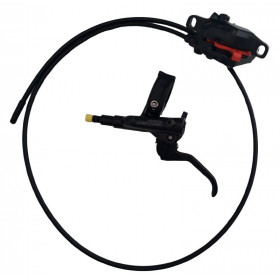 New product -50%Hydraulic front disc brake Shimano Deore M6100
New product -50%Hydraulic front disc brake Shimano Deore M6100- €51.50
- €102.99
-
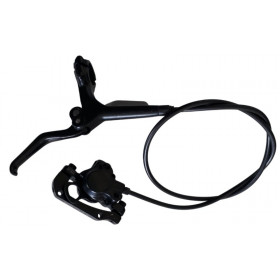 UsedFront disc brake Tektro Draco 2
UsedFront disc brake Tektro Draco 2- €24.99
-
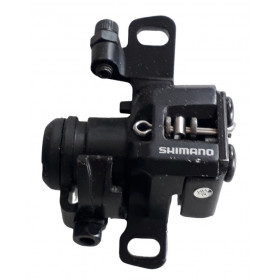 New product -26%Mechanical disc brake caliper Shimano Deore BR-M416
New product -26%Mechanical disc brake caliper Shimano Deore BR-M416- €22.90
- €30.95
-
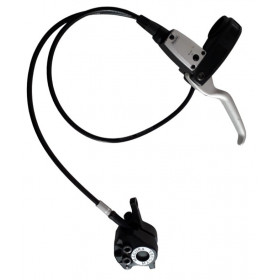 New product -40%MTB front disc brake Magura Julie HP
New product -40%MTB front disc brake Magura Julie HP- €53.94
- €89.90
-
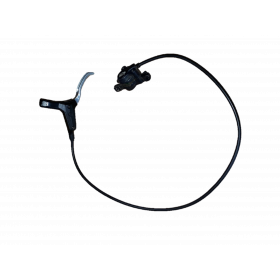 UsedFront disc brake Tektro twin piston 2D
UsedFront disc brake Tektro twin piston 2D- €20.90
Showing 1-5 of 5 item(s)
Disc bike brake: features and specificities for optimal control
The disc bike brake has become a benchmark in the cycling world, whether on MTB, road bikes, gravel bikes, or even e-bikes. Designed to deliver power, precision, and consistency, it transforms the way you control your speed and ensure safety.
What is a disc bike brake ?
Unlike traditional rim brakes, the disc brake relies on a metal rotor fixed to the wheel hub. When braking, pads clamp onto this rotor via a caliper, generating powerful stopping force. This system guarantees efficient braking in all conditions (rain, mud, heat).
Key features of a disc bike brake
A disc bike brake stands out thanks to several essential components:
-
The rotor (disc): diameter generally ranges from 140 mm to 203 mm. Larger rotors provide more braking power, ideal for downhill MTB or electric bikes.
-
The caliper: the core element that holds the pads. Available in 2-piston versions (lighter, suitable for road bikes) or 4-piston (more powerful, perfect for enduro or downhill).
-
The pads: resin, metallic, or semi-metallic, they influence braking smoothness, power, and durability.
-
The actuation system:
-
Mechanical disc brake (cable): simple to maintain and affordable.
-
Hydraulic disc brake: more precise, powerful, and self-adjusting, it equips most modern bikes.
-
The specific advantages of a disc brake
-
Increased braking power: even on descents or under heavy load, control remains optimal.
-
All-weather performance: rain, dust, or mud have little impact on braking efficiency.
-
Durability: unlike rim brakes, wheel wear is limited.
-
Comfort and modulation: braking force can be applied more smoothly, reducing the risk of wheel lock-up.
Which bikes benefit from disc brakes ?
-
MTB: essential for technical trails, steep descents, and extreme conditions.
-
Road bikes: increasingly common, offering safety and stability, especially in wet weather.
-
Gravel and cyclocross: perfect for mixed terrain where grip varies.
-
E-bikes: the added power requires reliable and consistent braking.
Conclusion
The disc bike brake is more than just a component: it represents safety, performance, and comfort. Whether hydraulic or mechanical, with resin or metallic pads, it adapts to different riding styles and cyclists’ needs. For those seeking powerful, precise, and durable braking, disc brakes have become essential.